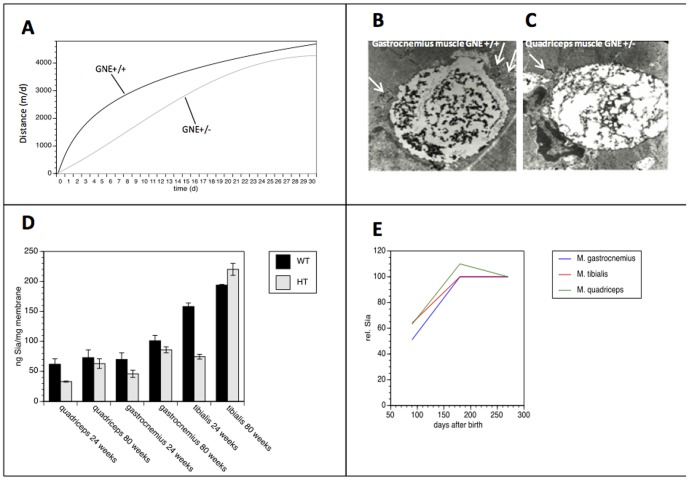Figure 1. Treadmill exercise in the cohort of the wild type C57Bl/6 GNE +/+ (black) and the C57Bl/6 GNE +/− (grey).
(A). Electron microscopic findings of 80-week old female mice: depicts subsarcolemmal nucleus and perinuclear vacuole containing abundant dense granular material (unlikely to be lipofuscin) in the wild type mouse. Adjacent to the large vacuole are round structures (arrowhead) of sarcoplasmatic tubules, which are confined by double membranes and contain dark granules and in the centre a corpuscule of medium densitiy (gastrocnemius muscle at 16.700×magnification) (B). The perinuclear vacuole is surrounded by a single membrane in the heterozygous mouse and displays similar features. Note the two rounded structures in the vicinity containing either membranous structures or dense, granular material (arrowhead) (quadriceps muscle at 16.700×magnification) (C). Quantification of sialylation from membrane bound sialic acid in in anterior tibial, gastrocnemic, and quadriceps femoral muscle in wild type C57Bl/6 GNE +/+ (black bars) and the C57Bl/6 GNE +/− (gray bars). Values represent means ± 1 SD of three independent experiments (D). Relative sialic acid concentrations in different muscles (anterior tibial, gastrocnemic and quadriceps femoral muscle). Sialic acid concentration after 180 days was set to 100% and all other values were expressed in percent of this value. Note that maximal sialic acid concentration was reached after 180 days and no further increase of sialic acid concentration was observed after that time (E).

